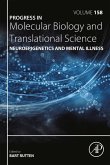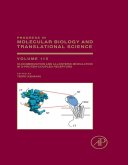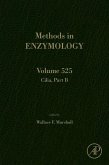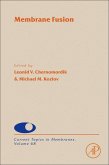Chemical and Biochemical Approaches for the Study of Anesthetic Function, Part A, Volume 602 assembles new information on our understanding of anesthesia. This latest release in the series includes sections on how physical accuracy leads to biological relevance, best practices for simulating ligand-gated ion channels interacting with general anesthetics, computational approaches for studying voltage-gated ion channels modulation by general anesthetics, anesthetic parameterization, pharmacophore QSAR, QM, ONIOM, and kinetic modeling of electrophysiology data.
- We have selected the primary experts to write about each approach
- This provides one-stop shopping for all the means of addressing this complex question
- Anesthesia is enormously important as almost everybody receives it at some point
Dieser Download kann aus rechtlichen Gründen nur mit Rechnungsadresse in A, B, BG, CY, CZ, D, DK, EW, E, FIN, F, GR, HR, H, IRL, I, LT, L, LR, M, NL, PL, P, R, S, SLO, SK ausgeliefert werden.









